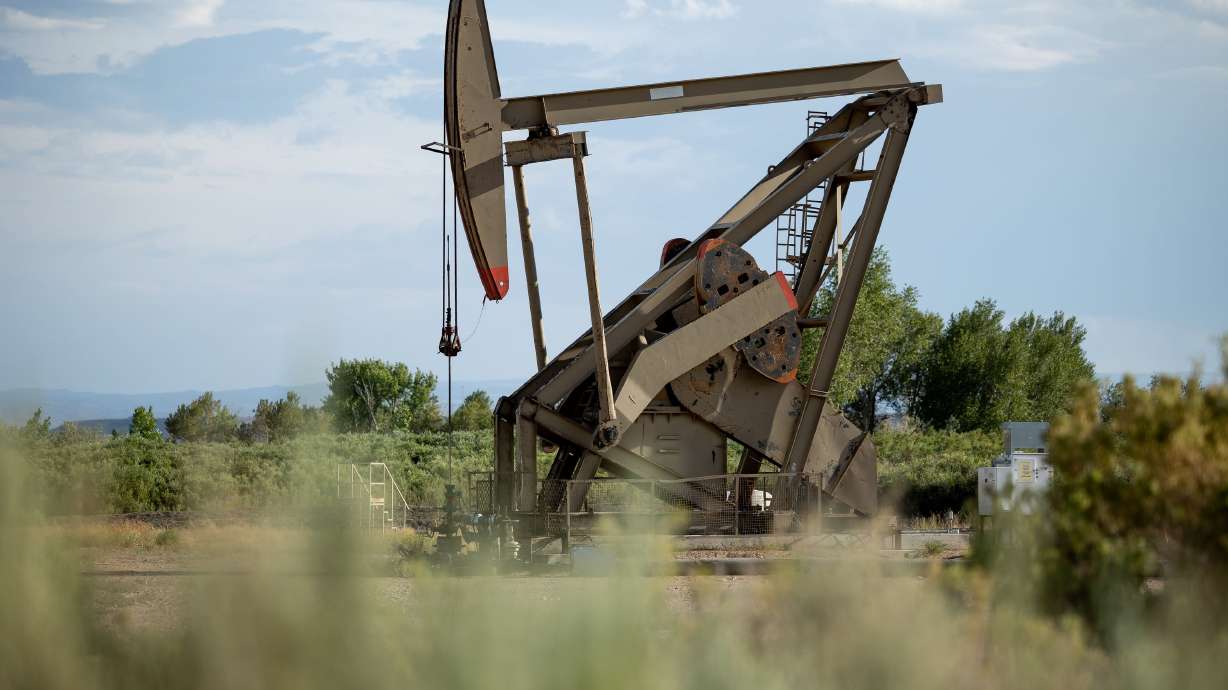Estimated read time: 4-5 minutes
- Utah and Oklahoma contested the EPA's jurisdiction at the Supreme Court.
- The states argued regional jurisdiction is vital for state-specific air quality standards.
- The EPA's national standards prompted legal challenges, emphasizing cross-state pollution impacts.
SALT LAKE CITY — Utah, in a joint effort with the state of Oklahoma, argued before the Supreme Court against the Environmental Protection Agency on Tuesday.
The issue of exclusive jurisdiction is at stake. The EPA was granted its request to move the lawsuits against it to the U.S. Court of Appeals for the District of Columbia, partly due to the national impact. The states disagreed, saying that just because the EPA published a single Federal Register notice to multiple states does not justify moving the cases to D.C. Both Utah and Oklahoma want the cases returned to their shared 10th Circuit.
Nearly a decade ago, the EPA augmented its national air quality standards and asked states to submit a state implementation plan showcasing how each would execute the new guidelines, with a goal of ultimately decreasing air pollution across state borders. Of the submitted plans, Utah and Oklahoma, along with 19 other states, were denied.
In early 2023, the two states then challenged the EPA's decisions in their regional circuit court. Utah Gov. Spencer Cox and then-Attorney General Sean Reyes represented Utah's case. Oklahoma's case was represented by its Attorney General Gentner Drummond and the state's Department of Environmental Quality.
The EPA countered the state's petitions by attempting to move the hearings to the D.C. Circuit of the U.S. Court of Appeals, reasoning that its air quality standards were submitted federally across all states rather than on a state-by-state level and that the EPA used a unified method when analyzing the proposed plans for every state.
The 10th Circuit Court of Appeals in Denver, Colorado, agreed with the EPA and granted its motion to move to the D.C. circuit. It also combined Utah and Oklahoma's separate petitions into one. But in May 2024, Oklahoma and Utah took the issue to the Supreme Court in a Petition for Writ of Certiorari, requesting a review of the lower court decision.
In the request, the states said they had substantial reasons for not implementing any new emissions reductions in their proposed plans, asserting "that their own contributions to air-quality problems in downwind states were not significant because other countries and states also contributed pollution to the same downwind states."
Oral arguments before the Supreme Court
However, the more prominent issue discussed before the Supreme Court on Tuesday regarded jurisdictional boundaries.
During oral arguments, the states argued that regional jurisdiction is vital in their case because the EPA's air quality standards were implemented state by state, not nationally.
Supreme Court Justice Neil Gorsuch pushed back on the defense's argument given the good neighbor obligation and the EPA's National Ambient Air Quality Standards that includes the 1% threshold: If a state's pollution contributes at least 1% to the National Ambient Air Quality Standards for a pollutant like ozone, it's considered alarming.
"We're talking here about clean air obligations of states and the downwind impact of any state on others. It's good neighbor obligations, as the statute calls it," he said. "If anything is nationwide impact, it's got to be air pollution because it travels."
"It crosses the country in ways that don't respect our jurisdictional boundaries between circuits," he said.
'Utah's case should be heard close to home'
One reason the EPA rejected Oklahoma's plan was over alleged air pollution traveling into Texas, which went against the EPA's good neighbor provision of the Clean Air Act.
"Clean Air Act section 110(a)(2)(D)(i)(I) requires each state in its State Implementation Plan (SIP) to prohibit emissions that will significantly contribute to nonattainment of a NAAQS, or interfere with maintenance of a NAAQS, in a downwind state. The Act requires EPA to backstop state actions by promulgating Federal Implementation Plans (FIPs) in the event that a state fails to submit or EPA disapproves good neighbor SIP," per the EPA.
The defense argued that because the EPA disapproved of the state implementation plans separately, a uniform nationwide response was not given, and, therefore, the case should not be centralized in the D.C. Circuit Court for judicial review, even if other states in separate districts (like Texas and Oklahoma) were affected.
Utah Attorney General Derek Brown posted on social media outside the U.S. Supreme Court House ahead of the hearing Tuesday alongside Utah's Solicitor General Stanford E. Purser, who was on the defense team. Brown criticized the Clean Air Act, claiming it has shut down energy production in Utah.
"The Clean Air Act was intended to protect our air, not shut down our economy," Brown said in a statement to the Deseret News. "Unfortunately, the Biden administration EPA decided to pursue policy that ignores local concerns and does little to nothing to clean air here or in Colorado. Today's oral arguments were an important part of the process by which Utah defends its right to make its own policies. I am pleased with the case we argued today. Utah's case should be heard close to home, in the Tenth Circuit."










